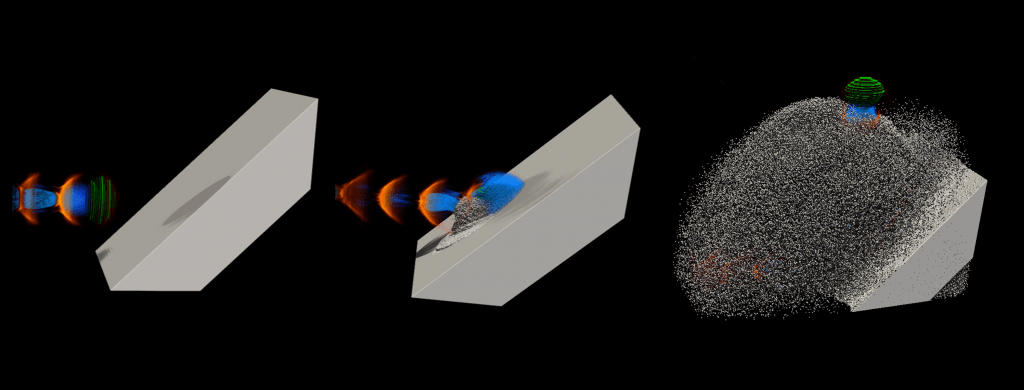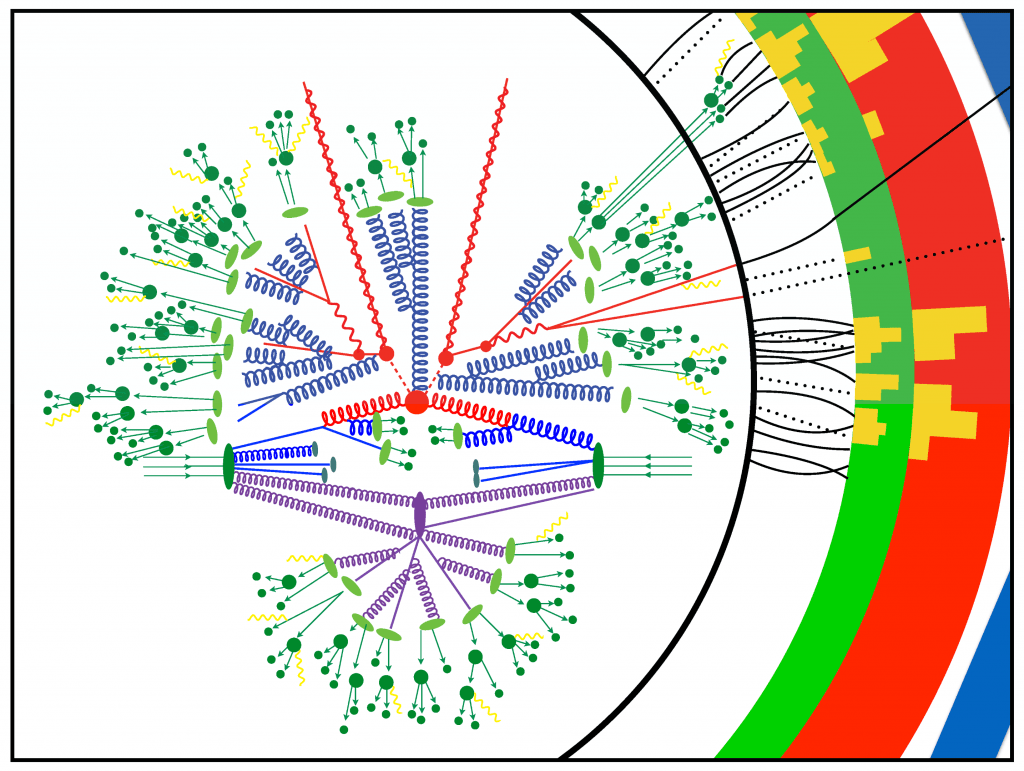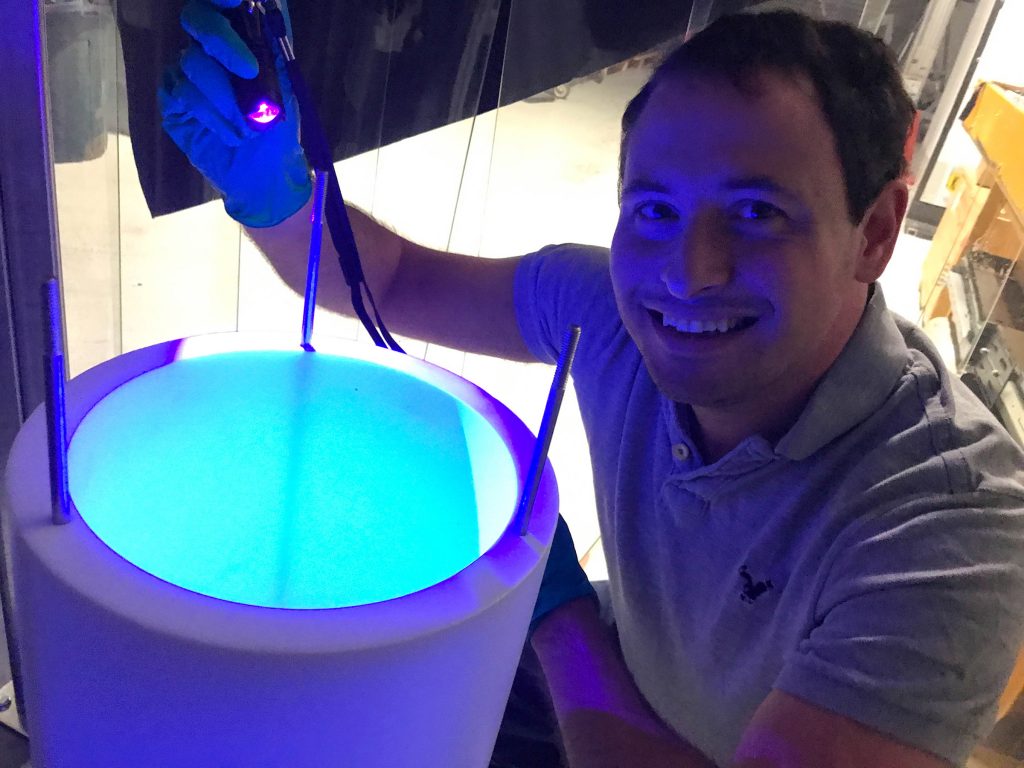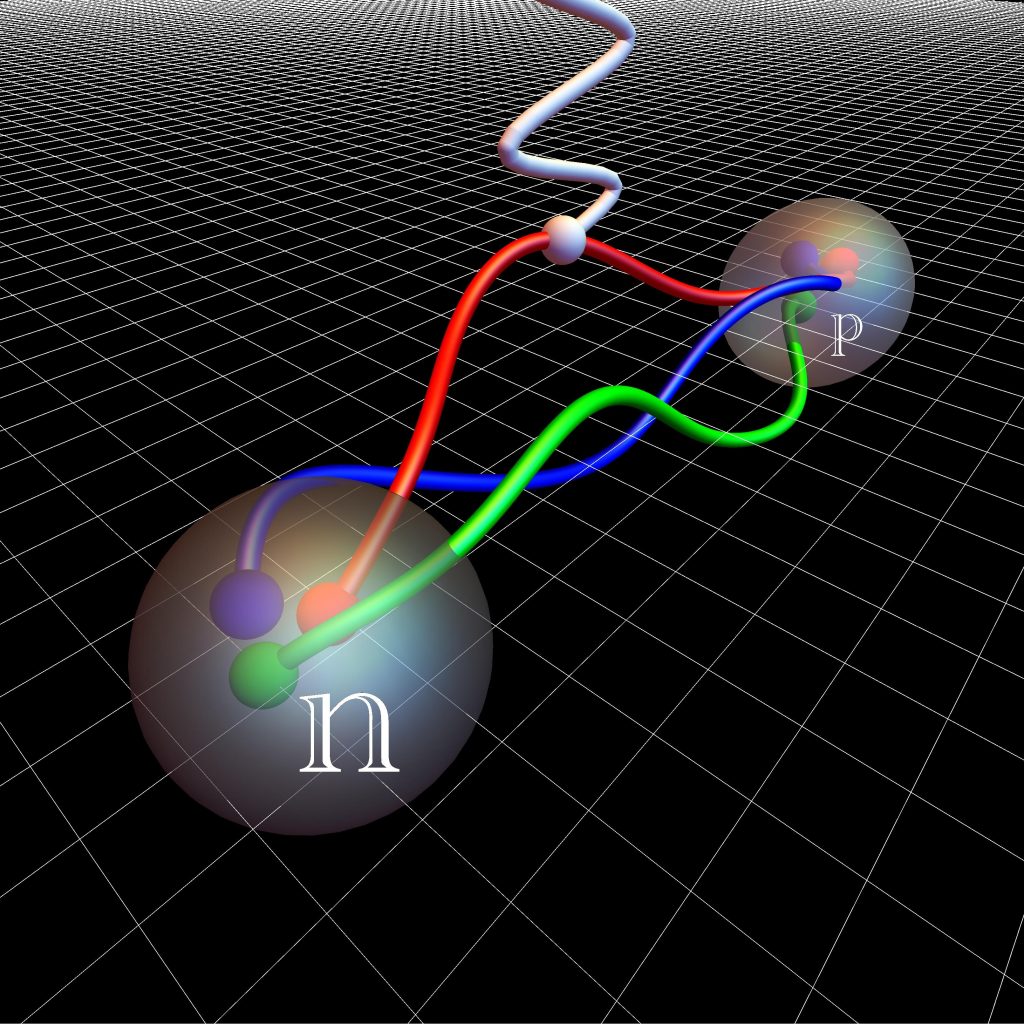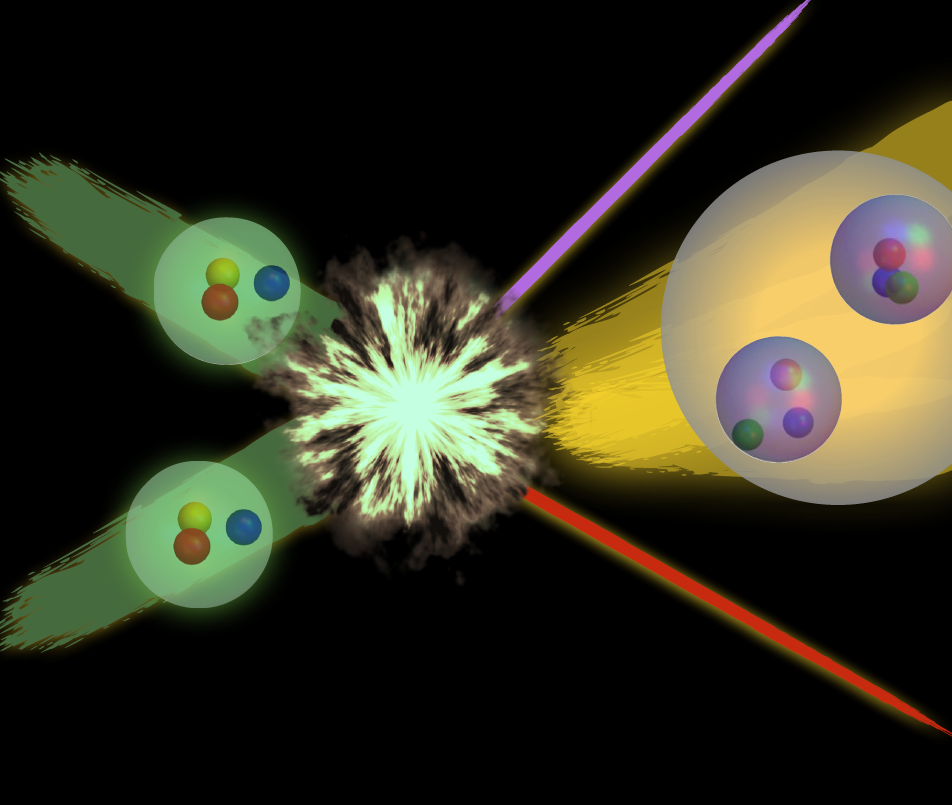
PI: Andreas Kronfeld, Distinguished Scientist, Fermilab In 2016, the Department of Energy’s Exascale Computing Project (ECP) set out to develop advanced software for the arrival of exascale-class supercomputers capable of a quintillion (1018) or more calculations per second. That leap meant rethinking, reinventing, and optimizing dozens of scientific applications and…
Coury TurczynFebruary 22, 2024


